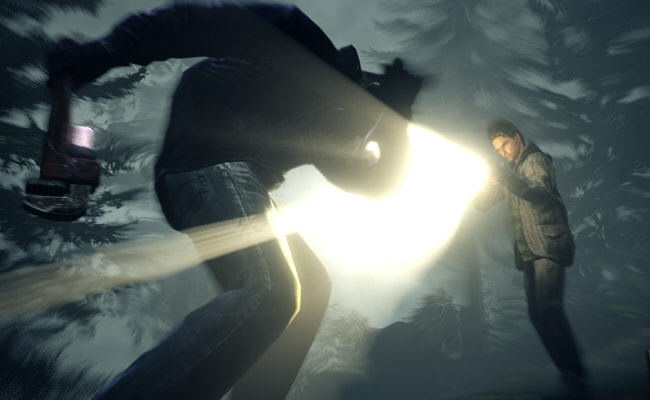Survival horrors are renowned for their ability to frighten, but how do developers manage to do it every time in a genre that consistently gets new entries? Pop-up scares only work so many times, and the amount of sequels in famous survival horror series means that developers have to continue to think up new information. As unlikely as it might seem, the formula of doing this is very simple, and even easier to deliver in games rather than, say, movies. Because the gamer is much more immersed in the medium than any other genre, developers can easily use psychology to their advantage.
A good example of this is the prominence of realism in horror gaming. It’s not often that you see a stylized, cartoonish entry in a game like Silent Hill or Resident Evil. Scary environments are perceived as dark, dirty, and gritty, making the player reluctant to touch anything because of the instinctive fear of catching a disease. If there are monsters, expect them to have a structured and horrendous muscle system, making us believe that the creatures might feel pain just from moving. Adding ‘based on a true story’ to the cover of a game or shoving in references to urban legends further emphasizes the realism in the game, even if the game wasn’t actually based on real events or if the urban legends were debunked. This tactic of adding realism makes gamers pay close attention—even if that attention is subconscious—because the knowledge they gain in the game might come in handy if this ‘true story’ ever happened near them.
Along with adding realism, developers can use the actual game elements to their advantage. Music lined with random and frightening sound effects is an easy way to disturb the gamer without introducing new enemies or jump-scares. The cries and sound effects of enemies can be dissonant with their appearance, further disturbing the gamer whenever they run across them. The bad controls that most horror games are plagued with are probably put there on purpose, to scare the gamer and make them feel trapped.
The last and most effective element that developers have at their disposal is the plot itself, and the suspense it brings with it. Making a character feel alone or trapped increases the amount of suspense a game has. Adding some dramatic tension by making the character go mad throughout the game or perhaps revealing the motive or meaning of the game’s calamity before the character knows of it only adds to the perceived suspense. Putting escalating music in completely inappropriate places (such as approaching a save point) is an easy trick to unnerve the gamer—and ultimately unnerving them lasts longer than making them jump from a monster.
Ultimately, the same old psychological tricks will work the same in any game they’re used in. Random sound effects and music, disturbing monsters or characters, and abandoned and rusting scenes are all things that make the human mind instinctively wary, even if everything is placed safely behind a TV or computer screen. The constant knowledge that you could run out of ammo at any moment and have to face against the monster chasing you keeps you attentive and glued to the screen. After it’s all done and the credits roll, the relief is much more immense compared to a regular FPS game, and you therefore have a better impression of the game. Assuming that the horror game doesn’t rely on jump scares or swarms of monsters to get its point across, psychological horror games leave a lasting impression on gamers and cause them to think long after they have finished the game.


0 Comments